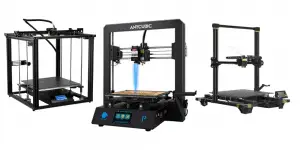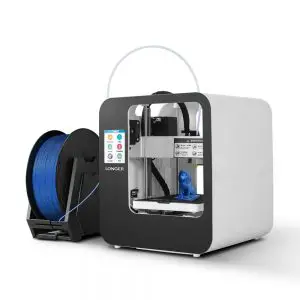Covid-19 and 3D Printing
As headlines are showing, Covid-19 has been spreading across the world and leaving many dead in its path. In recent news, 3D printing has been spoken of numerous times as the ongoing shortage of Personal Protection Equipment (PPE) continues.
With hospitals all over the world becoming increasingly aware of how the virus is spread from person to person PPE seems to be increasingly hard to find.
As the healthcare industry struggles to get a hold on supplying the proper equipment to doctors, nurses, and other healthcare workers 3D printing companies are being looked to for assistance.
The 3D printing industry has been around for quite some time and through the years 3D printing technology has rapidly improved. So, it is not surprising that 3D printing companies and businesses should be able to produce key parts that are in short supply around the world.
With that being said it is important to note that 3D printer owners are not able to simply print components and parts for ventilators or protective face masks and expect hospitals and healthcare facilities to be able to use it. As with all safety equipment, there are rules, regulations, and guidelines related to safety. While these regulations and rules are different in every country the key here is that these regulations are strict and must be adhered to for proper safety.
Always be sure to review the FDA guidelines related to 3D printing for the healthcare industry for the latest and most accurate information regarding this.

The Billings Clinic Foundation – The Montana Mask
The Montana Mask is a very effective filtration mask that has been designed and is 3D printable. These design files are actually available for public use. The great thing about these masks is that the designs are free and they can be sanitized and reused.
It’s important to note however that these masks have not been approved by the FDA or NIOSH even though it has been thoroughly tested. Furthermore, it isn’t a replacement for N-95 masks or surgical grade masks as well. Exercise caution and use at your own risk if you decide to print your own.
You can find more information about the Montana Mask here.
The Prusa Face Shield
Another 3D printing innovation that can be printed at home is the Prusa Face Shield. This is a prototype face shield and has undergone dozens of prototypes before settling on this design.
The file is available in the STL file format. There is a very thorough guide available from Pursa. The guide even includes guidelines for sterilization and storage.
You can find the informative Prusa Protective Face Shield guide here.
3D Printing Ventilator Parts Warning
As stated above please be sure to understand that while 3D printing ventilator parts is something that has been spoken about a lot in the media it is important to know that printing your own ventilator at home is extremely risky and is not recommended.
As with all healthcare and safety equipment they must adhere to strict guidelines and pass stringent inspections by industry experts.
With that being said, please leave this responsibility and task for the professionals. A poorly made ventilator or component can lead to serious injury and or death.




